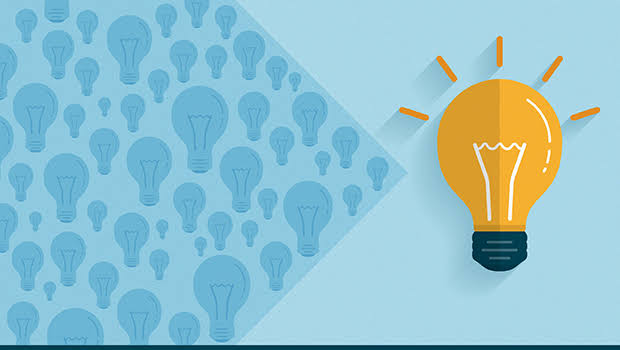The performance rate of innovation greatly increases as innovative concepts are being applied to research and policy. Tech-led companies such as Apple, Pepsi, IBM, Nike, Procter and Gamble, and SAP have exceeded S&P 500 by a stunning 211 percent over a 10-year period as opposed to the 2015 Market Value Index by the Design Management Institute and Motiv Strategies.
Design is transforming the direction in which leading companies create sense. The emphasis of creativity has moved from engineering-driven to design-driven, from product-driven to customer-driven, and from marketing-focused to user-driven. Design thinking is at the forefront of strategic planning, growth, and organizational transformation with a growing array of CEOs.
The key focus is the rapid speed of change in industry and culture brought by invention progresses. When companies are increasingly software-driven and the speed of the transformation rises, so does the difficulty.
Most organizations are structured in order to implement and take care of the specified problem. Creativity is tied up with having a question worth solving. The non-appearance of a modular technological system encourages incremental development rather than revolutionary creativity. As companies push toward transformative progress, they will discover ways to infuse and scale creativity throughout their enterprise.
Digital transformation is through the rapid change needed in an external environment, which involves a change in mindset from problem-solving to problem-finding. Presidents will be innovative pioneers: from setting up an organizational community that encourages innovation, development, and the process, to creating strategic alliances to generate new value initiatives.
Understanding the inspirations of a client to choose a product or service is essential for developing something that works for a client. For instance, the IDEO challenge of running a healthcare business. The IDEO team noticed that more traditional goals, such as being physically active and managing calories so as to stay away from medical problems, were not effective in actually encouraging patients to make meaningful changes. And, setting social and relational goals — like increasing the capacity to walk a 5km or reach the dance floor for your girl — acted a forward-looking and genuinely inspiring mindset.
Provided the knowledge and a modern structure, IDEO has the choice of allowing the company to step beyond the development of a new medical product. Or maybe IDEO helped them create an adaptable program that worked out on a particular challenge: how to enable people with diabetes to lead their better lives?
Simple, instinctive, and pleasant should be the core functional speciality of technology. When advancing admirably, human-focused architecture improves consumer interaction by increasing touchpoints and drives the creation of goods and services that truly connect with consumers.
Design thinking decreases the uncertainty and risk of creativity by pulling clients or consumers into templates to understand, check, and improve their concepts. Masterminds in architecture rely on the client’s observations from real-world studies, not just empirical statistics or market analysis.
The organization needs to ensure that the staff has a development mindset. The concept applies to the idea that power and expertise come through practice, not from innate talent. In this method, failure is turned into a learning strategy, not proof of incompetence. For example, one research found that participants who were prompted to creativity performed a complex challenge faster and more charmingly than those who were urged to adopt a “set” mindset.
Towards the end of the process, designers, at last, ought to do something so the client starts to look at those concepts with a starry eye. A successful end result seems to be instinctive on a daily basis as if the concept had entirely emerged from the imagination of the artist.
The goal of design thinking is to carry out the immediate task of accepting a solution that leads towards a real problem and at the same time raising the comfortable awareness of individuals that will need it so that there is a greater chance of a successful product or service in the long run.

